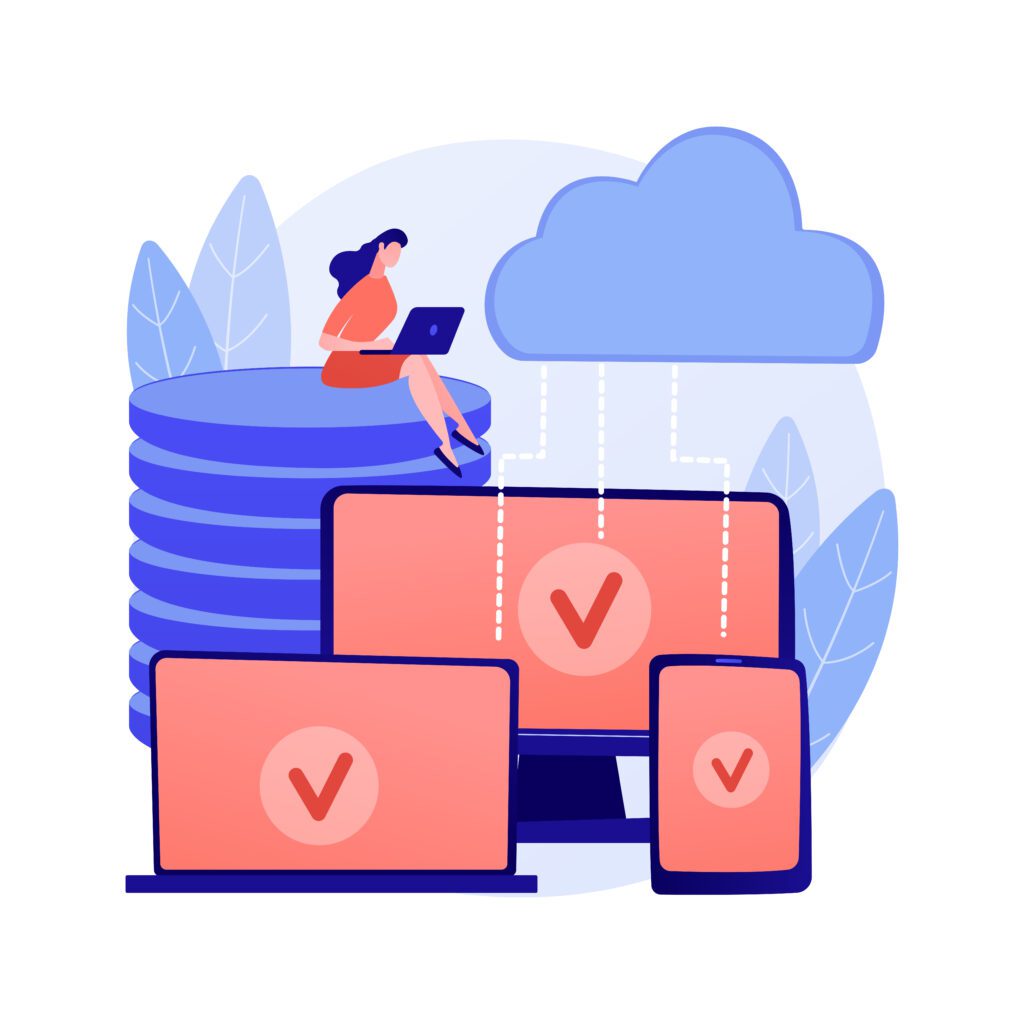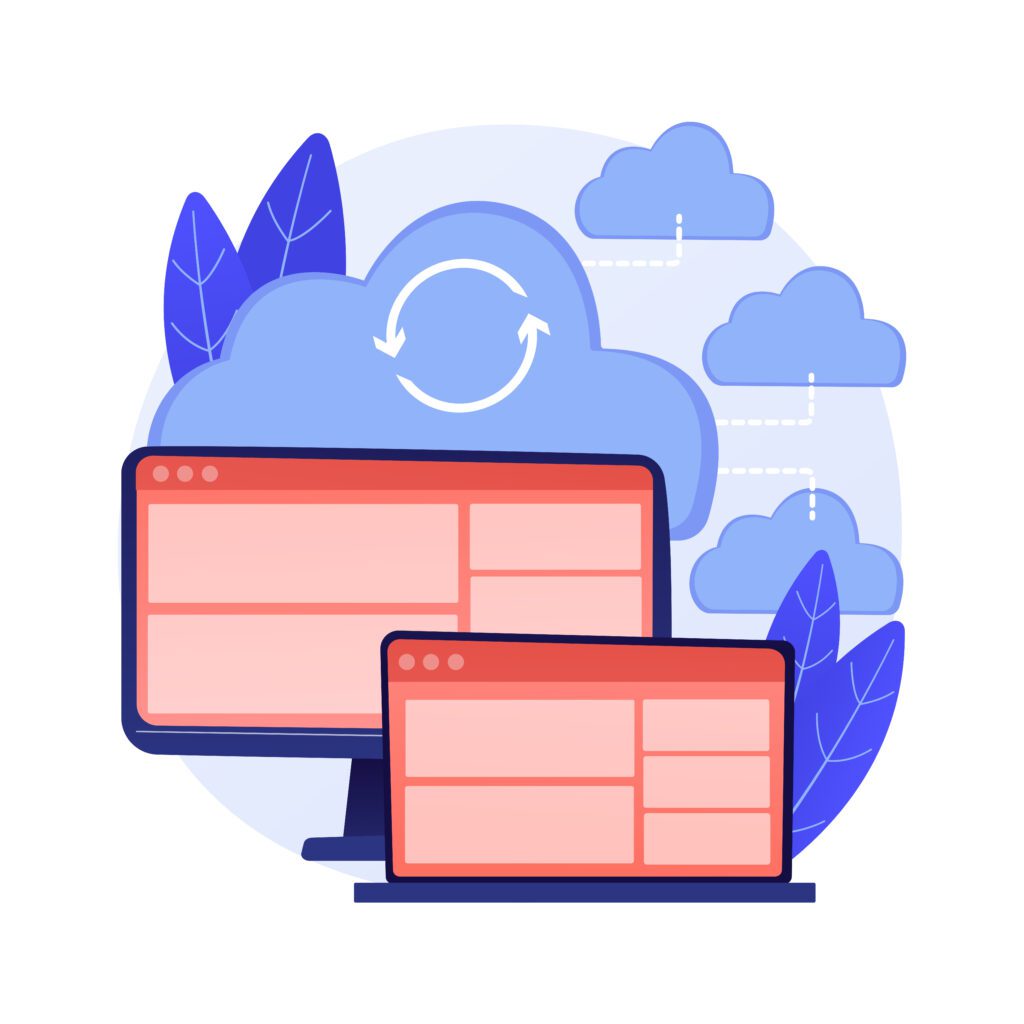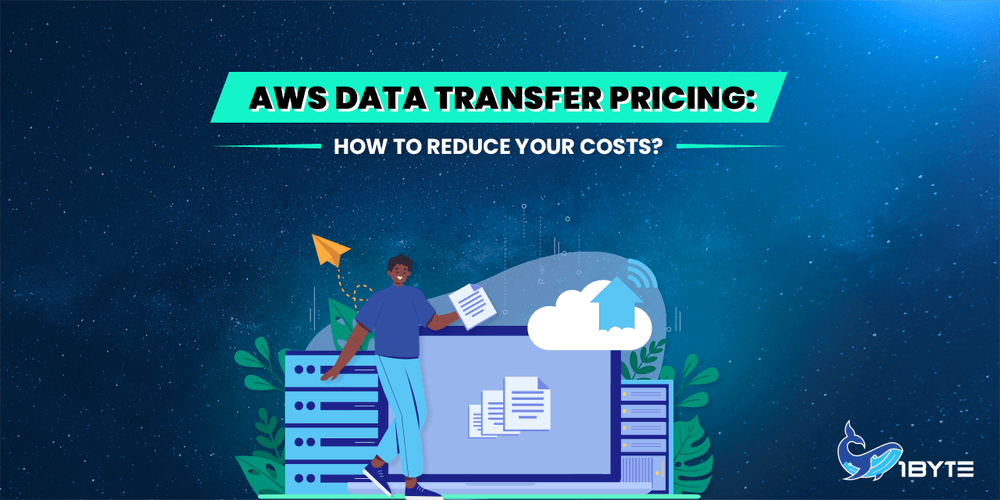-
AWS Data Transfer Costs and Pricing: 10 Things You Need to Know
- 1. AWS Pricing data transfers is essential for managing cloud costs
- 2. Consider availability zones and regions
- 3. Your AWS egress pricing may occasionally feel erratic
- 4. Not all services will be similarly expensive
- 5. You might need to translate your invoice
- 6. Billing Alarms are available and can assist you while you adjust to the cloud
- 7. You're likely squandering resources
- 8. Consider easy integration to be essential
- 9. Avoid the whistles and bells!
- 10. You'll require assistance!
- The 6 Tips to Reduce AWS Data Transfer Costs
- EC2 Other Costs in Cost Explorer
- Conclusion
While moving data around in the cloud is rapid and simple, there are costs associated with each AWS data transfer. If you’re not careful, these hidden costs can easily build up over time. This tutorial will provide an overview of AWS bandwidth pricing and all related fees, as well as instructions on how to lower AWS data transfer costs. It’s simple to move data around, but if you’re not careful, your AWS egress pricing might soon mount!
AWS Data Transfer Costs and Pricing: 10 Things You Need to Know
FURTHER READING: |
| 1. Enterprise-Grade Platform on AWS Cloud |
| 2. Adobe Experience Manager on AWS |
| 3. ECS vs EKS: Which AWS Container Service Should You Use in 2025? |
1. AWS Pricing data transfers is essential for managing cloud costs
While many firms concentrate on processing and storage needs, data transfer fees can account for a sizable amount of your monthly cloud spending. If you don’t take these into account right away, you can get a rude shock when your first invoice comes in.
2. Consider availability zones and regions
The first step in cost optimization for the AWS cloud is to make sure that you know the actual location of the cloud’s data centers. These data centers are divided into regions and availability zones. Consider your connection location and the location of your data storage first. Not always the closest thing to home.
3. Your AWS egress pricing may occasionally feel erratic
Things aren’t kept simple by AWS! The amount of data you transfer, the services you’re moving data between, the regions and availability zones you use, and your data transfer costs will all affect how much you pay. Unexpected charges like NAT gateway fees, which are charged at $0.048/GB per hour when instances on a private subnet communicate with the internet, may show up on your account. Use AWS cost allocation tags to help you categorize your resource expenses and keep better track of your AWS charges as a result.

4. Not all services will be similarly expensive
The services you use to manage your data must also be taken into account, as each service has its own financial requirements for data transfer fees. While some services charge for data transfer across regions, they do not charge for varying availability zones within the same region. Some organizations charge for both kinds of transfers. Learn about the services you currently use and the alternatives. Using VPC endpoints as opposed to NAT gates is one such illustration. Another illustration is the fact that all internet and public IP traffic is free.
5. You might need to translate your invoice
Isn’t it better to just review your expenses after the first month? You can find it difficult to understand your AWS bandwidth price invoice even if it was a financially sensible choice. Information needs to be translated before it can offer useful insights for your company context, just like with most raw data. You can control expectations and infrastructure by being aware of data transfer prices up front.
6. Billing Alarms are available and can assist you while you adjust to the cloud
AWS has a billing alarm system where you may track your expected charges and receive alerts when your costs go above these, much like a mobile phone alert that lets you know when you’ve consumed a particular amount of data. This should avoid unexpectedly high data transfer costs because it is updated frequently.
7. You’re likely squandering resources
Your invoice won’t be able to tell you when you’re utilizing servers or routes that you don’t require, even with an accurate translation. For this, you need a single-pane-of-glass approach to communications throughout your whole environment, including cloud and on-premises, with complete visibility into your private IP addresses, i.e., which servers are responsible for traffic and charges.
Recommended reading: Benefits of AWS Organizations and Disadvantages of AWS
8. Consider easy integration to be essential
The intricacy of AWS egress pricing is already quite high without the addition of your third-party products. Your performance will be slowed down by any visibility solution that requires you to add agents or credentials to the burden, which makes flexibility impossible. Instead, search for a service that can provide you with a real-time map based on wire data and network traffic analysis. Most of the time, all the vendor needs is read-only access to your Amazon S3 bucket.
9. Avoid the whistles and bells!
The fact that more features will result in more zeros on your monthly bill should not be a surprise. AWS Transfer Acceleration is a nice illustration. AWS Transfer Acceleration leverages edge networking and network route optimization to enable quicker transfer speeds in contrast to Amazon CloudFront, which accelerates content delivery. However, it does cost a lot of money. Consider looking into alternative manual or automatic methods for caching and compressing data to speed up data transport.
10. You’ll require assistance!
A world of extraordinary creativity, power, and size is made possible by the cloud. However, that does not imply that your company can travel this new route by itself. Finding knowledgeable vendors and consultants who can advise you on the best, most tried-and-true procedures is, on the other hand, the greatest way to get started on AWS successfully. If you’re new to the AWS cloud, data transmission charges can be a minefield. Before you begin, make sure you have a complete picture of your environment.
The 6 Tips to Reduce AWS Data Transfer Costs
Stability, security, and cost must frequently be balanced in order to lower your AWS Cloud Data transfer costs. Although distributing resources around regions, AZs, and VPCs raise data transfer costs, doing so also increases security and availability during disasters and outages.

- Effective Routes: Reduce travel between regions and AZs and increase traffic inside AZs, where prices are typically much cheaper. Reduce high-cost regions if you don’t require them to save money on data transfer.
- Don’t use public IPs: Compared to private addresses, AWS data transfer costs are greater with public IP or elastic IP addresses. Use private addresses if you’re simply accessing locally stored information.
- Look for Free Transfers: Some AWS services, such as EFS, RDS, and MSK, offer free cross-AZ data transfers, which may make them an appealing choice.
- Use CloudFront: The global content delivery network (CDN) Amazon CloudFront offers free data transfers to AWS for HEAD/GET requests. Consider using it to save costs if you have a lot of data.
- DIY NAT Examples: It could make financial sense to host your own NAT examples due to the high cost of managed NAT gateways in terms of data transfer and processing fees.
- Test with Options: The AWS Simple Monthly Calculator enables you to test out various configurations and discover how to save the most money. The section on data transport sheds light on data cost management.
You may reduce your AWS data transmission expenses while ensuring that security and availability aren’t compromised by following these best practices. If you use a lot each month, speak with AWS Sales to discuss your choices.
EC2 Other Costs in Cost Explorer
As long as you activate cost allocation tags, AWS Cost Explorer allows you to analyze data transfer expenses for each instance. You can examine data transfer costs on a per-application or per-instance basis, as well as data transfer costs as an overall figure for regions, AZs, and virtual private clouds (VPCs). In order to swiftly track Data Transfer expenses, we also regularly employ a few Cost Explorer for Cost and Usage criteria.
Leverage 1Byte’s strong cloud computing expertise to boost your business in a big way
1Byte provides complete domain registration services that include dedicated support staff, educated customer care, reasonable costs, as well as a domain price search tool.
Elevate your online security with 1Byte's SSL Service. Unparalleled protection, seamless integration, and peace of mind for your digital journey.
No matter the cloud server package you pick, you can rely on 1Byte for dependability, privacy, security, and a stress-free experience that is essential for successful businesses.
Choosing us as your shared hosting provider allows you to get excellent value for your money while enjoying the same level of quality and functionality as more expensive options.
Through highly flexible programs, 1Byte's cutting-edge cloud hosting gives great solutions to small and medium-sized businesses faster, more securely, and at reduced costs.
Stay ahead of the competition with 1Byte's innovative WordPress hosting services. Our feature-rich plans and unmatched reliability ensure your website stands out and delivers an unforgettable user experience.
As an official AWS Partner, one of our primary responsibilities is to assist businesses in modernizing their operations and make the most of their journeys to the cloud with AWS.
Conclusion
On the surface, AWS providers could appear to be less expensive than on-premise infrastructure, but there are a number of catches where expenses can skyrocket, including data transfer fees. You may effectively control these costs by keeping a close eye on them and following some best practices.
As one of AWS Consulting Partners, 1Byte has worked with AWS for a long time. By enabling each organization’s individual journey with AWS, we are assisting businesses in changing how they conduct business.

